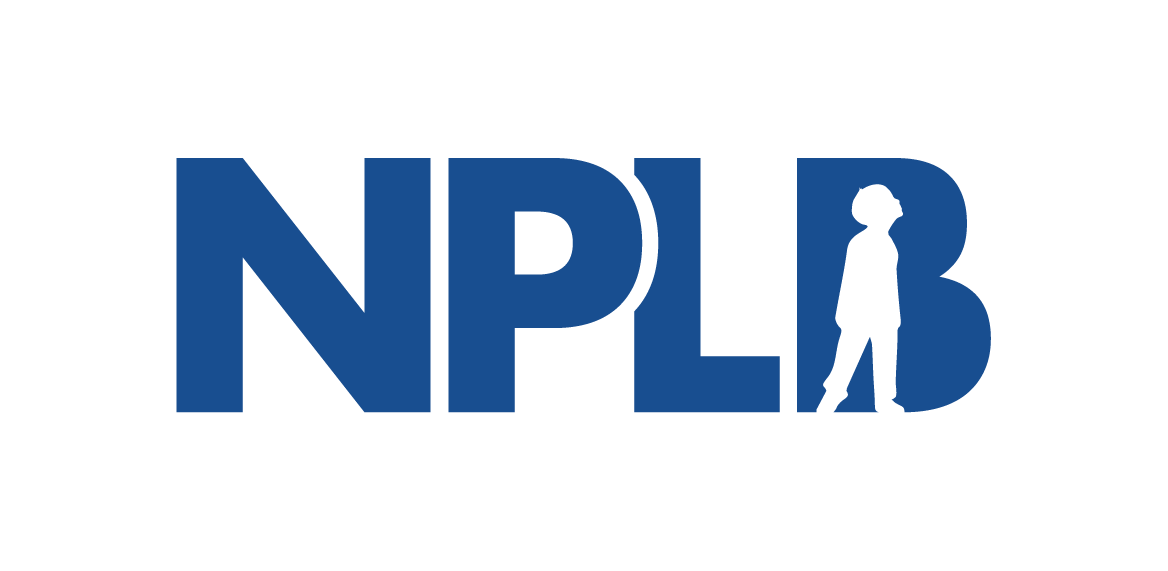New NPLB Video Illustrates Why Patients Deserve Better Math to Value New Drugs
WASHINGTON, D.C.— No Patient Left Behind (NPLB), a non-profit organization dedicated to eliminating patients’ out-of-pocket costs and ensuring that drugs go generic without undue delay, today released a new video illustrating the importance of using generalized cost-effectiveness analysis (GCEA) to understand an innovative drug’s value. The video demonstrates the consequences of insurance companies’ failure to calculate or include the societal benefits and value of certain drugs, which results in higher out-of-pocket costs for patients.
“NPLB’s GCEA animation illustrates the importance of recognizing the societal benefits of innovative medicines, as well as the failure of insurance companies and global HTA entities to appropriately calculate and recognize their value,” said NPLB Executive Director Peter Rubin. “Insurance companies and economists that rely on limited and outdated ‘cost-effectiveness analysis’ math are harming patients by not taking into account the true value of medicines and their critical role in building a healthy, productive society.”
The animated video uses examples to illustrate how insurance companies disregard critical benefits of drugs when making coverage and out-of-pocket cost decisions, such as:
Community spillover, or the benefits a drug can have on an entire community by providing herd immunity to prevent the spread of an infection;
Real option value, which occurs when a drug prolongs a patient’s life so they can benefit from a new and better drug in the future;
Risk reduction, which is offered by the availability of drugs to treat future ailments or illnesses, such as the assurance that antibiotics could be used as needed if infections occur; and,
Productivity, which is increased when patients are able to return to work in a safe manner that protects their health and the health of those around them.
Genericization, which recognizes that many drugs go generic once their patents expire and that omitting such basic facts from traditional CEA math calls into question the validity of the CEA itself.
For example, a recent Value in Health paper by Center for the Evaluation of Value and Risk in Health Deputy Director, Joshua T. Cohen, PhD, “The impact on cost-effectiveness of accounting for generic drug pricing: Four case studies,” advances the case for the better Generalized CEA math highlighted in the animation. Importantly, the paper concludes that, “Accounting for generic pricing might substantially reduce estimated cost-effectiveness ratios. Doing so when warranted is crucial to improving health technology assessment validity.”
Too often, insurance companies and HTA entities base pricing and coverage decisions around the outdated, rather than more complete “cost-effectiveness analysis,” subjecting patients to high out-of-pocket costs and/or coverage denials, even for life-saving treatments prescribed by a physician. No Patient Left Behind is working to make medicines affordable and accessible for everyone in America, including by ensuring insurance companies and health economists recognize the real value of drugs for patients and society.
The new video and more informational resources on GCEA can be found at nopatientleftbehind.org. You can read more about the value of medicines and the need to improve the accuracy of traditional CEA math here.
About NPLB
NPLB is dedicated to ensuring patient affordability and continued innovation by arming stakeholders with research, information, and educational tools to fight for lower out-of-pocket costs and ensure brand name drugs go generic without undue delay.
